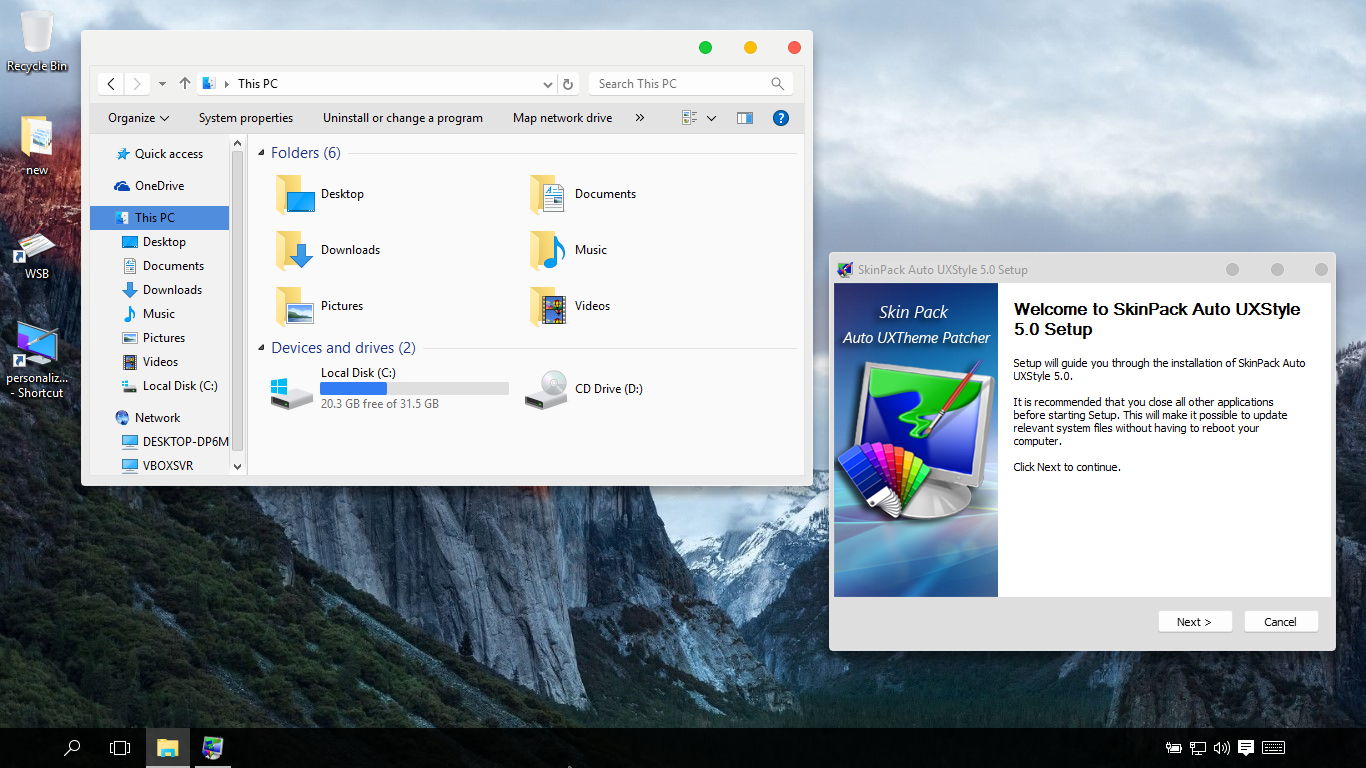
- Install A2enmod Fedora how to#
- Install A2enmod Fedora install#
If you want to redirect users from a plain non-Add the following content: RewriteEngine On You should see the following output: HTTP/1.1 301 Moved PermanentlyĬontent-Type: text/html charset=iso-8859-1Ībove output shows the non-www redirect location Redirect non-www to www We can use curl to test that the www domain redirects to the non-www domain: curl -I htaccessĪdd the following content: RewriteEngine On

If you want to redirect users from Change directories to your Document root: cd /var/www/htmlĬreate the. Let's discuss RewriteRules with some examples: Redirect www to non-www
Flags: A flag is a tag at the end of the Rewrite Rule directive that specifies optional parameters that can modify the rule. Substitution: This directive specifies the path of the actual URL of the page with the information you want to display. Pattern: This directive specifies a regular expression that matches the desired string. RewriteRule: This directive specifies the name of the the mod_rewrite directive that you want to use. You can write RewriteRules using the following format: RewriteRule pattern substitution In this section, we will explain basic mod_rewrite syntax and give some examples. Now restart Apache to put the change into effect: sudo systemctl restart httpd You can do this by editing nf file: sudo nano /etc/httpd/conf/nfįind the section and change AllowOverride None to AllowOverride All htaccess files located under the /var/www/html directory. htaccess is critical to your web server.īefore we begin, we need to allow Apache to read. htaccess file allows us to modify our rewrite rules without accessing server configuration files. htaccess file in your default document root directory.Ī. Once the mod_rewrite module has been activated, you can set up your URL rewrites by creating an. Save and close the file, then restart the httpd service: sudo systemctl restart httpd sudo nano /etc/httpd//nfĪdd or uncomment the following line: LoadModule rewrite_module modules/mod_rewrite.so If you find it is not enabled on your server, you can enable it by editing nf file located in /etc/httpd// directory. The mod_rewrite module is enabled by default on CentOS 7. Now, reload the firewall service for the changes to take effect. We can do this by running the following command: sudo firewall-cmd -permanent -add-port=80/tcp Next, we should allow access to the default Apache port 80 (HTTP) using firewalld. 
We can do this using the following commands: sudo systemctl start rvice
Install A2enmod Fedora install#
To install Apache, run the following command: sudo yum install httpd -yĪfter installing Apache, start the httpd service and enable it to start automatically on boot. Requirementsīefore we begin with the mod_rewrite module setup, we need to install the Apache web server.
Install A2enmod Fedora how to#
In this tutorial, we will explain how to enable mod_rewrite and demonstrate some common ways to use it in Apache on CentOS 7. This can potentially enhance website safety. It can hide sensitive information, such as query strings, from URL requests.
:max_bytes(150000):strip_icc()/fedoralivedesktop-56a5aabc3df78cf7728952da.png)
It supports an unlimited number of rules to provide a really flexible and powerful URL manipulation mechanism. This module uses a rule-based rewriting engine to rewrite requested URLs on the fly. This is most commonly used when a visitor goes to a certain web address, but the server returns a different page. It can help you, if you want to offer different URLs for the same file. This module provides the ability to manipulate URLs prior to determining the appropriate file or handing off to a script. It is compiled into the base Apache Web Server. Apache's mod_rewrite can be used to manipulate URLs.




:max_bytes(150000):strip_icc()/fedoralivedesktop-56a5aabc3df78cf7728952da.png)


 0 kommentar(er)
0 kommentar(er)
